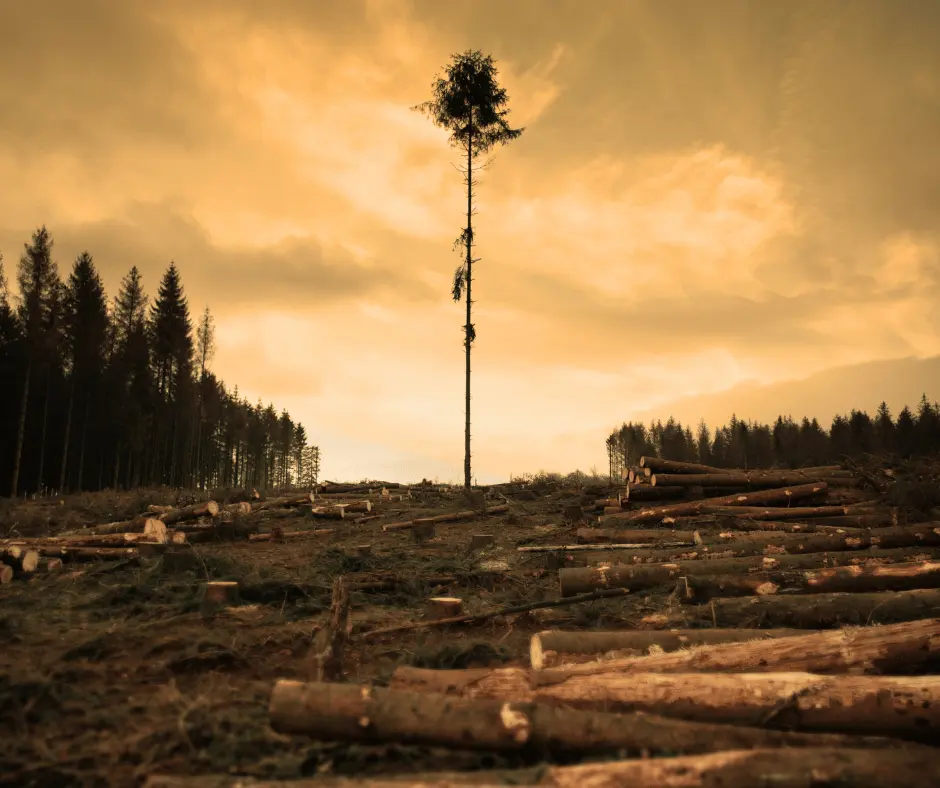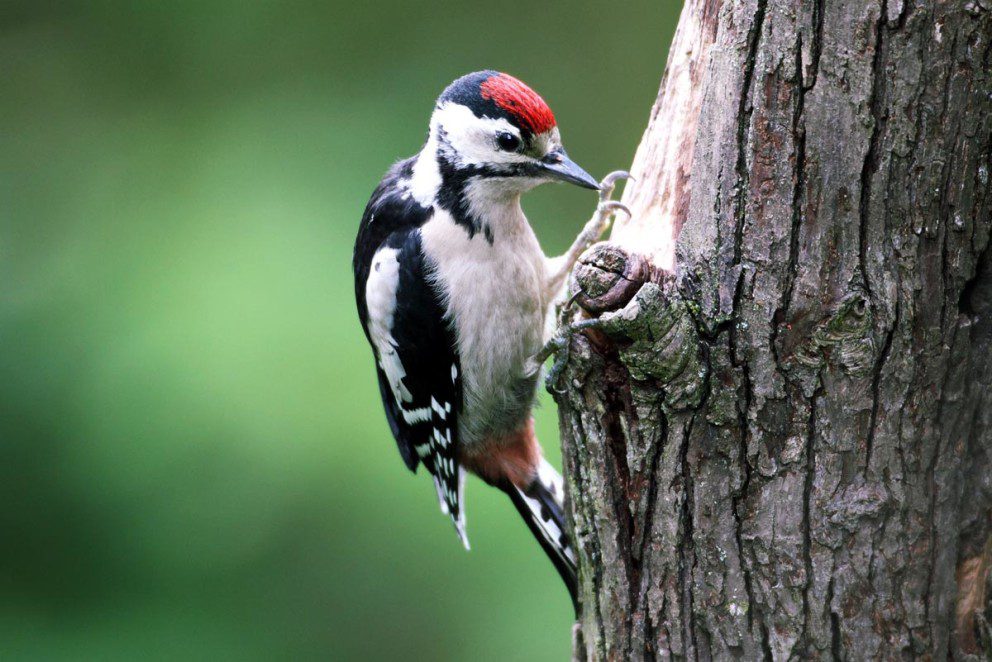Identifying Hardwood Defects Part One is crucial when evaluating timber value. While volume is the single most important factor in determining the value of a stand of timber, the quality of the trees is nearly as important. To this end, a number of factors can cause trees to have ‘defects,’ thereby lowering their value.
Common Timber Defects
A bark distortion is the most common defect visible in a standing tree. Identifying hardwood defects, such as bark distortions, can be the result of mechanical wounds, holes, ingrown bark, bird peck, and overgrown knots.
Another common defect is bird peck. Various species of woodpeckers eat insects and larvae found in the cambium of many hardwood tree species, causing this.

A defect is an imperfection in the slab zone, quality zone, or heart center. It reduces the volume and quality of sound wood. Although different Hardwood Defects may look similar, Identifying Hardwood Defects Part One shows how they can impact value in very different ways.
Identifying Hardwood Defects Part One
Bark distortion can occur in three classes: light, medium, and heavy. Generally, light bark distortion consisting of a simple horizontal break is not a grading defect. This is because it is located deep within the quality or heart section of the wood. Medium and heavy distortions are grading Hardwood Defects. They are important factors in Identifying Hardwood Defects Part One. These result in a reduction in the volume of high-quality saw lumber. It is a common misconception that limbs are the only significant factor affecting standing timber grades. However, bark distortions, while not limbs themselves, are often just as degrading.
It is important to make a distinction in fresh birdpeck as opposed to heavy birdpeck or birdpeck that spans multiple seasons. While light birdpeck doesn’t detract from the value of a tree, heavy birdpeck causes stain and undesirable features across most species. The exception being members of the Hickory genus which develop a distinct purple stain as the result of even light birdpeck.
Epicormic branches in veneer logs prevent a tree from being suitable for most types of veneering and cause a major defect..

The final defect we will discuss in this blogpost is epicormic branches. In Identifying Hardwood Defects Part One, these are often pinpointed as clusters of buds and small stems that shoot out of the main trunk of a tree. This defect is common among many members of the Oak genus.
Identifying Hardwood Defects Part One
The epicormic branch scar underlying forms a knot surrounded by numerous tiny twig knots and possibly small bark pockets. The epicormic branch knot may not penetrate deeply into the wood. However, these epicormic branches along with the bud clusters develop at intervals throughout the life of the tree. They become overgrown, causing defects to appear at several to many localities within the bole. In Identifying Hardwood Defects Part One, adventitious bud clusters and epicormic branches can develop independently of each other.
Epicormic branches in veneer logs cause major defects, making the tree unsuitable for most veneering types.
The impact of a defect on a tree’s value largely depends on how long the defect has been present. In “Identifying Hardwood Defects Part One,” it is crucial to understand that, whether scars, wounds, or bird peck, the longer the defect has affected the tree, the greater the impact on its value.
Give Timber Works a call for a free assessment of your timber today.

